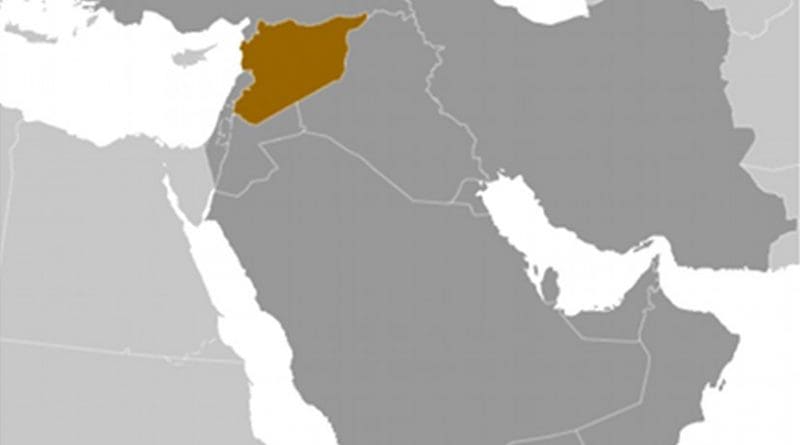UN Admits Syria Airdrop Failure
By IRIN
By Annie Slemrod*
The day after the UN’s first airdrop into Syria, the World Food Programme said that only four of the 21 aid pallets it dropped into the besieged city of Deir Ezzor had made it to their intended destination, and even those packages were damaged because of failed parachutes.
In an emailed statement to IRIN Thursday, the WFP told IRIN that 10 of the 21 food pallets “drifted away and are so far unaccounted for.”
Four more pallets landed “in or around the drop zone and were damaged as the parachutes did not open properly and seven more pallets cannot be reached.”
On Wednesday, UN aid chief Stephen O’Brien told the UN Security council that the WFP had carried out a successful airdrop into Deir Ezzor – where some 200,000 people live under siege in the government held city that is surrounded by the Islamic State.
But soon after O’Brien’s comments, the WFP announced there had been “technical difficulties” and activists from the city told IRIN the containers had been damaged or were unreachable.
Wednesday’s airdrop was done at a high altitude for such an operation, as the WFP highlighted in its comments to IRIN: “The aircraft crew is highly experienced and have done numerous airdrops before but this was their first high altitude airdrop in Syria (at a height of 7,000 metres) and this operation is not without risk.”
Until recent talks led by the US and Russia, aimed at a partial ceasefire and better humanitarian access, aid organisations had effectively ruled them out because aid drops, even at low altitude, are notoriously difficult to carry out. But Russia has been dropping aid to regime-controlled areas of Deir Ezzor, and Syrian President Bashar al-Assad’s forces use planes to get aid where they want it to go.
The UN food agency stressed the difficulty of airdrops. “WFP knew this would be a challenging operation,” it said, adding that it will “try again when possible to deliver assistance to those in desperate need in Deir Ezzor city. We are disappointed that people who were anxiously waiting to receive this food did not receive it.”
Airdrops are always a last option, they said, as land access is easier and less costly. But that access has not always been forthcoming – the UN has said that only 10 percent of its requests to bring aid convoys into hard-to-reach or besieged areas were successful in 2015. Some besieged areas have seen an uptick in aid as part of 12 February agreement by the International Syria Support Group earlier this month that was also meant to lead to a “cessation in hostilities.”
The WFP said yesterday’s drop was enough to feed 2,500 people for one month, and contained vegetable oil, lentils, rice and salt.
“As humanitarians we must use every opportunity to reach hungry people in besieged and hard-to-reach areas in Syria,” the WFP said. “This is a desperate measure in desperate times.”
*Annie Slemrod, Middle East Editor for IRIN.

